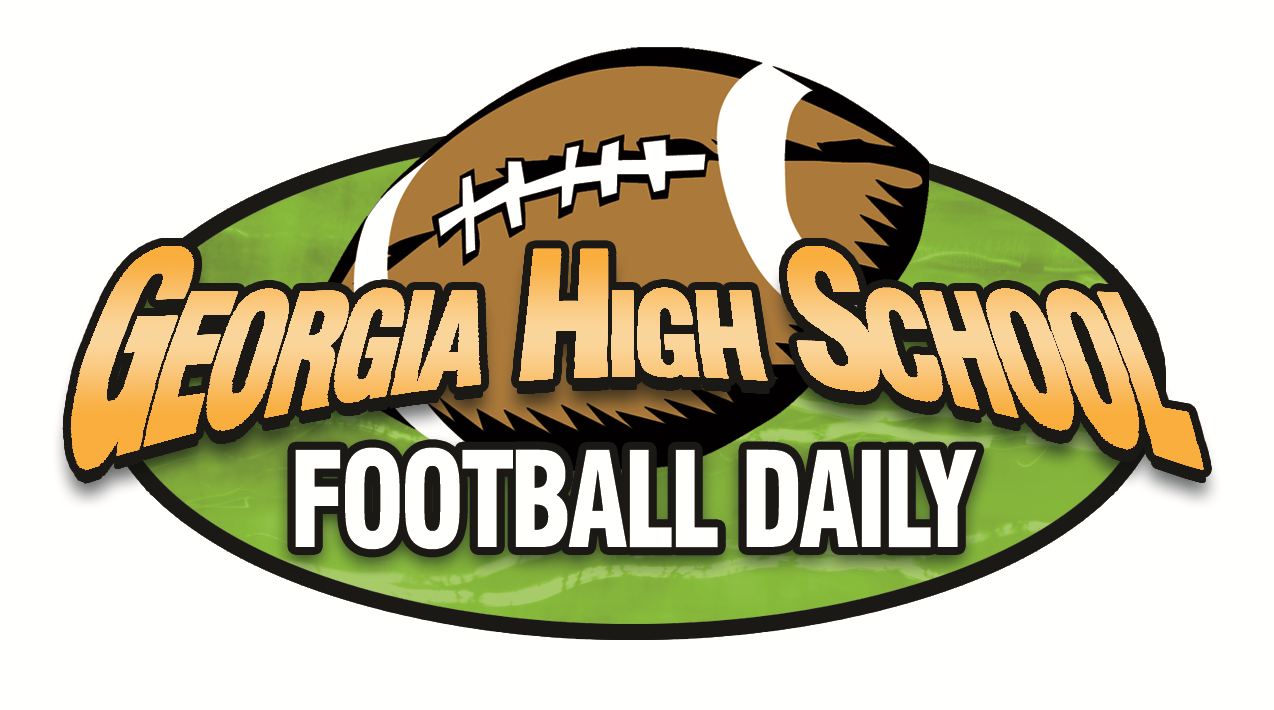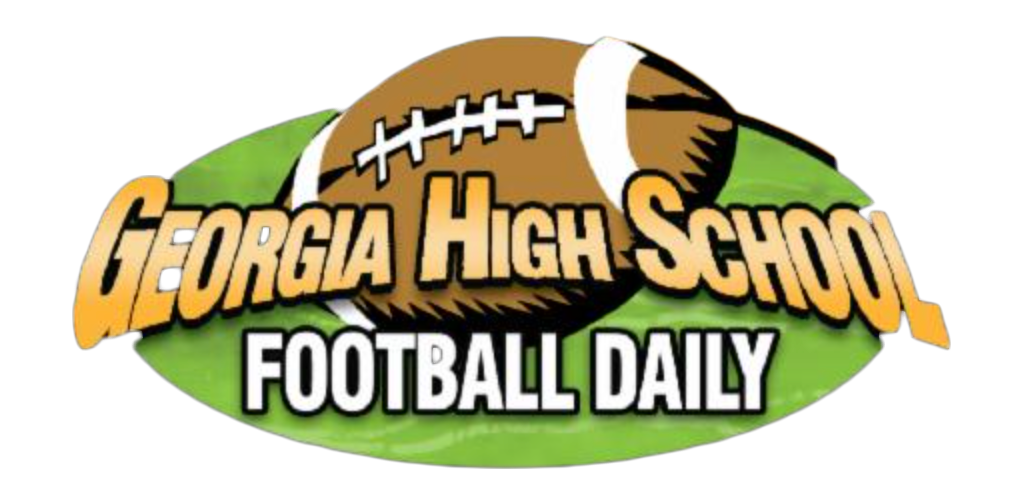Prep Super League plans to have Atlanta football team
Having heard the criticisms, the founder of a national high school football all-star league hoping to attract Georgia’s best players says his new Prep Super League will be safe and won’t interfere with their traditional high school teams.
Brian Woods announced this month that Atlanta would have one of 12 teams playing a six-week season April 19-May 24. The league is for blue-chip prospects seeking to raise their recruiting stock and maximize their name, image and likeness potential.
“It’s not meant to be antagonistic to traditional high school football,” Woods said. “We should be viewed quite the contrary, as a supplemental platform or a complementary entity. And I’m going to take the position that our league is going to be safer than traditional high school football. That I can guarantee.”
Woods is a sports entrepreneur and founder and past president of the USFL. For his Prep Super League, he has identified 12 prominent high school football markets for team locations. They are Atlanta, Cleveland, Dallas, Houston, New Jersey, New Orleans, Los Angeles, Miami, Phoenix, San Diego, San Francisco and Tampa.
Local high school coaches, already leery of year-round travel ball and AAU teams in other sports, are naturally wary of Woods’ plans.
“Kills spring sports, higher injury risks, burnout risks, struggling to find some positives for the kids,” Milton coach Ben Reaves said.
“High school is the last level of football that’s pure, and he’s about to destroy that. These kids have plenty of time to make money in college and pros and jobs. There’s not a single big-time pro guy that won’t say he missed Friday night lights.”
Keith Maloof, entering his 26th season at Norcross, advocated for player safety. A Georgia high school season is 10 games with the potential for two full preseason scrimmages and five playoff rounds.
“Why would I want my best athletes playing in another league and risking injury when they’re already working hard on their own?” Maloof said. “There would be no reason to play in a different league when the competition at our level [Class 7A in Georgia] is the highest anyway. So you add a spring league, and in a year they could be banging up against other people 23 times. The body can only take so much.”
GHSA executive director Robin Hines also worried about players’ physical limitations. “The concern I have is a full-contact league in the spring after a full fall season,” Hines said. “I don’t feel it’s in the best interest of the athletes.”
Woods has anticipated the pushback. He said practices would entail light contact, similar to NFL mini-camps, and that players would play offense or defense only, not both as they often do for their high school teams.
“No one’s going put the time and effort into the medical protocols, the technology, all these things we’re planning on implementing,” he said. “We understand the group we’re working with, right? It’s a young student-athlete. We’ll make this league be seen in a very positive light as it relates to players and wellness.”
Woods said playing in his league wouldn’t necessarily keep players from their high school sports teams in the spring.
“I do think that there are possibilities where a player can participate in the Prep Super League and also continue to participate in some form or fashion with his traditional high school football team in the spring and maybe even another sport whether it be baseball or track and field,” he said.
Each Prep Super League team will have a 50-player roster of local players. Georgia has 63 high school juniors and seniors currently rated as consensus four- or five-star recruits. Five play for Reaves’ Milton team. That’s the most of any state with only one planned Super Prep League team.
Woods said he’s heard from the families of Georgia players.
“Parents have been reaching out to us, having discussions with us, and have said quite frankly, whether Georgia changes its NIL rules or not, our son will be in the Super League in the springtime,” Woods said. “Some of these parents have sons that have great NIL value right now. And they are the very best recruits in the country.”
Players will be required to pay what Woods calls a developmental fee, although some might have it waived, he said. Woods has not set the amount but said it would be proportionate to what families of elite athletes pay for other offseason AAU or travel teams.
“The fee is only a small component of our business model,” Woods said. “It’s there simply to provide a mechanism for sustainability in our early years of operation. So over the coming months, if we were able to achieve bigger media deals, sponsorship partners, whatever that may be, then I think by season two or subsequent seasons that player development fee would no longer exist.”
Woods said the league will have investors. One is ISOS Capital Management, which is backed by professional athletes, including Carmelo Anthony. Woods also predicts players will make money from their NIL. NOCAP Sports, a NIL marketing company that works with college athletes, is a partner.
Many high school associations, including Georgia’s, don’t allow players to profit from NIL, but the GHSA is expected to make limited allowances this fall that could let a Prep Super League participant maintain his eligibility. It’s not likely to permit athletes to use their schools’ logo, jerseys or property, however.
That’s another place where Woods believes the Prep Super League can help, giving top prospects a team and league association that can be marketed.
“This league is only going to raise their visibility and grow their personal brand and make any sort of NIL they could be entertaining now or in the future worth exponentially more,” Woods said. “So, if I’m a student-athlete, and I see something like the Prep Super League, I can grow my personal brand. I can potentially put myself in a better position to not only have a college scholarship but a scholarship to a better-known institution where I can monetize my NIL in a substantially higher fashion. It’s definitely a great value proposition.”

